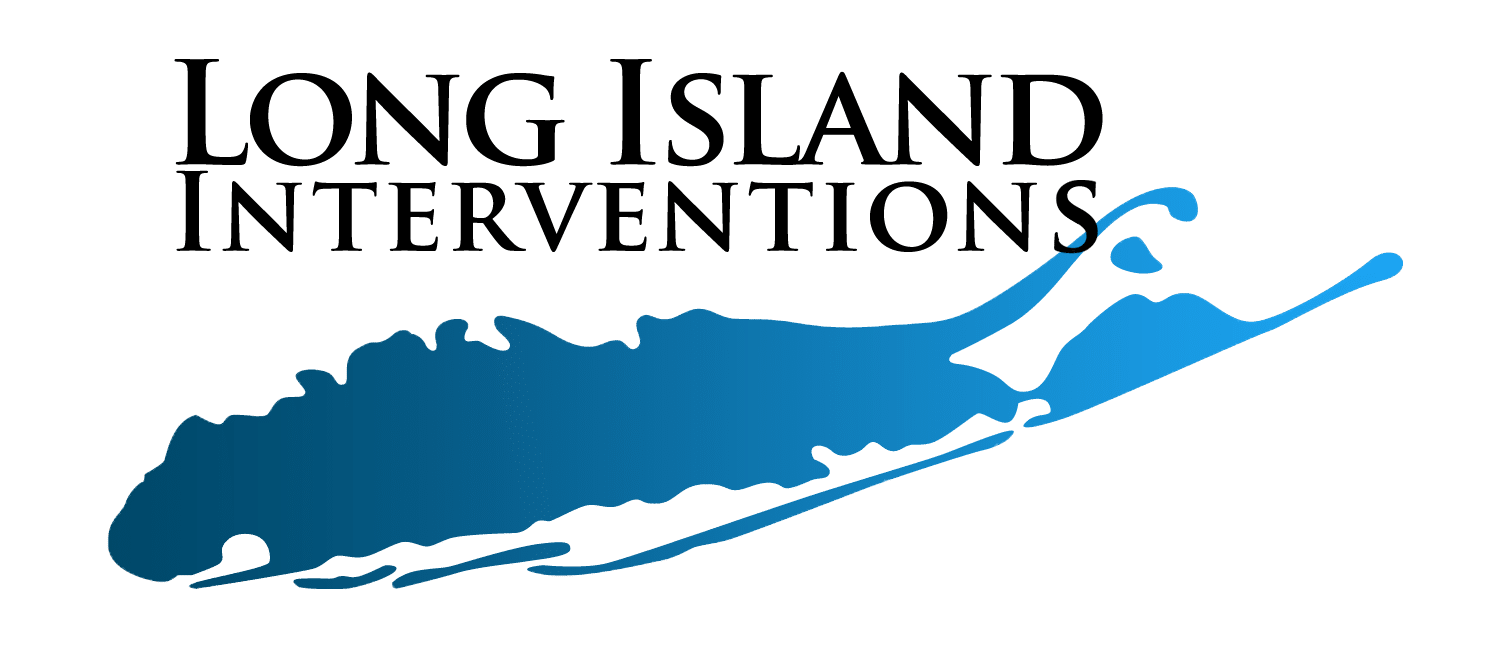According to the World Health Organization, nearly 4% of the world’s population experience PTSD at some point in their lives. In other words, 4 out of every 100 adults suffer from PTSD.
Up to 84% of domestic violence survivors develop Domestic Violence Post-Traumatic Stress Disorder. Individual responses to trauma vary significantly; some people may experience severe anxiety, flashbacks, or hypervigilance, while others struggle with emotional numbness.
This article discusses the most common PTSD Domestic Violence symptoms to help you recognize the signs in yourself or a loved one. It also touches on how PTSD affects the brain, as well as the treatment options available.
Table of Contents
What Is Domestic Violence PTSD?
Domestic Violence PTSD is a mental disorder caused by prolonged exposure to physical, emotional, economic, or sexual abuse in an intimate relationship.

The abuse of power that occurs in domestic relationships creates an environment of control, fear, and manipulation, leaving victims vulnerable and unable to defend themselves.
People who experience Domestic Violence PTSD often develop depression, avoidance disorders, hypervigilance, anxiety, and heightened stress responses even long after they’ve left the abusive situation.
Here are the different types of abuse in domestic violence:
Physical Abuse
Physical abuse involves any intentional act of violence that causes harm or injury to another person. This includes slapping, hitting, burning, choking, kicking, or using objects or weapons to inflict fear and pain. It can also involve actions that don’t immediately cause pain, like shoving, restraining, or denying medical care.
Emotional Abuse
Emotional abuse, also known as psychological or mental abuse, is a form of abuse that damages a person’s self-esteem and emotional well-being.
It includes constant criticism, name-calling, insults, humiliation, and making someone feel worthless and unloved.
The abuser may gaslight the victim, making them doubt their own memories or perceptions. They may also use silent treatment, refusal to listen, or emotional withdrawal as a form of “punishment,” making the victim feel isolated, unheard, and unimportant.
Sexual Abuse
Sexual abuse refers to any unwanted sexual act, whether through coercion or power imbalance.
It includes rape, unwanted touching, forcing a person into sexual activity, or making them feel obligated to engage in sex against their will.
It can also include non-contact sexual abuse, like exposing a person to explicit content without consent or forcing a person to engage in sexual conversations or behaviors online.
Economic Abuse
Economic abuse happens when the perpetrator makes the victim financially depend on them. They may withhold access to funds, forbid employment, spend the victim’s money without their consent, or force the victim to ‘earn’ their money through unwanted acts. They may even prevent the victim from shopping or spending money, even if that money is their own.
What Are the Common Symptoms of Domestic Violence PTSD?
PTSD manifests in different ways, and one person’s reactions can greatly differ from the next. Here are some of the most common symptoms of Domestic Violence PTSD:
- Anxiety
- Low self-esteem and persistent feelings of shame, guilt, worthlessness, and failure
- Depression, including prolonged sadness
- Flashbacks (re-experiencing the traumatic event)
- Hypervigilance (constantly on high alert and always scanning for danger even when they’re safe)
- Avoidance or detachment from people, environments, or events related to the trauma
- Frequent negative thoughts and emotions
- Difficulty developing and maintaining meaningful relationships
- Overwhelming feelings of fear, even when nothing is causing them harm
- Difficulty trusting others
- Difficulty sleeping
- Physical pain that migrates through the body
- Lack of interest in activities they once found pleasurable
- Feelings of numbness
- Emotional outbursts
- Heart palpitations and chills when reliving the event
If left untreated, Domestic Violence PTSD can result in long-term mental health effects.
Many who experience this type of PTSD often struggle with suicidal thoughts, severe depression, anxiety, and intense loneliness.
It also increases the likelihood of developing life-threatening conditions like heart disease, substance abuse disorders, high blood pressure, Type 2 diabetes, and stomach ulcers.
How Does Domestic Violence PTSD Happen?
PTSD is up to 80% more common in domestic violence survivors because the abuse is ongoing and unpredictable.
Unlike a single traumatic event, for example a car accident or robbery, which occurs in a short and defined timeframe, domestic violence happens repeatedly over months or even years.
People in abusive relationships are in a constant state of fear and stress, overwhelming the brain’s ability to process experiences normally. The brain switches to survival mode to cope and often gets stuck in that mode even after the victim leaves the abusive relationship.
With how long the brain is in survival mode, it can take time to adjust to a safe environment. This is particularly true if the abuser is violent or extremely controlling.
The abuse can linger in the subconscious for a long time, especially when the trauma isn’t processed correctly. Some people’s trauma is so severe that it inhibits their day-to-day life, preventing them from living normally.
Can Children Get PTSD from Witnessing Domestic Abuse?
Domestic abuse has a profound impact on the survivor, with some needing months if not years of professional help to combat the struggles of PTSD. But what about those who witness it, like the survivor’s children?
According to research, over 37% of children witness violence between their parents. Up to 50% of these children develop PTSD, even if they are not directly harmed.
Repeatedly witnessing violence, threats, and emotional abuse in their home can be just as traumatic as experiencing it firsthand.
Children who grow up in these environments often feel unsafe and experience chronic stress, fear, and helplessness, leading to long-term emotional and psychological effects.
They often experience the same symptoms as Domestic Violence victims because they themselves are technically victims too.
Witnessing a loved one being abused is deeply traumatizing and terrifying, especially for a child who has yet to develop a solid understanding of the world. They may also live in a constant state of fear and uncertainty, wondering when the violence will turn to them.

What Are the Treatment Options for Domestic Violence PTSD?
Many people with PTSD from domestic violence feel like they shouldn’t feel terrible anymore because they’ve left their abuser. They may think that since the danger is gone, they should be fine. But that couldn’t be further from the truth.
While PTSD develops from prolonged abuse, the symptoms may not appear until long after the victim has left the relationship.
During the abuse, the brain is stuck in survival mode. The victim focuses only on getting through each day and has neither the time nor energy to process their emotions. But once they’re finally out, the floodgates open, and all the buried emotions, memories, and trauma come rushing in.
This is why PTSD is often diagnosed after leaving an abusive relationship. It’s also the reason why people who experience domestic abuse turn to drugs and alcohol to cope with overwhelming feelings of hopelessness and despair.
The good news is that the brain is malleable, meaning that it can get better with time. With the right treatment, survivors can heal and live a long, happy life, and eventually find the courage to open their hearts to potential new partners.
Here are some of the most effective ways to treat Domestic Violence PTSD:
Therapy
Professional therapy, such as Trauma-focused Cognitive Behavioral Therapy (CBT), Individual Therapy, or Eye Movement Desensitization and Reprocessing (EMDR), helps survivors process trauma, reframe negative thoughts, and reduce PTSD symptoms.
Medications
As of now, the US Food and Drug Administration (FDA) has yet to approve medication that treats PTSD. However, healthcare providers may prescribe antidepressants or anti-anxiety medications to help manage severe PTSD symptoms, such as panic attacks, depression, or sleep disturbances.
Support Group
Victims of domestic abuse are often kept in isolation, not only in the physical sense but also psychologically. Abusers may prevent them from speaking up, convince them that no one will love them, and that they’re alone.
This is where support groups come into play. Support groups offer emotional validation, encouragement, and practical advice for coping with PTSD from professionals and people who have experienced domestic violence themselves.
Self-Care and Coping Strategies
Therapy has a heavy focus on self-care and self-love.
Activities like exercise, meditation, yoga, and breathing techniques can reduce stress, improve mood, and promote relaxation.
The goal is to re-establish a person’s sense of control. Setting small goals, building routines, and making time for things that bring them joy and peace go a long way in reclaiming one’s sense of self.
Final Thoughts
Domestic violence is one of the most common causes of PTSD.
Symptoms associated with Domestic Violence PTSD include depression, anxiety, flashbacks, insomnia, difficulty concentrating, and being easily startled.
Survivors of domestic violence often turn to drugs and alcohol to cope with feelings of helplessness, which is why early and immediate professional intervention is crucial.
If you or a loved one is struggling with the effects of domestic violence and PTSD, we’re here to help. Reach out for support today and take the first step toward recovery.
Published on: 2025-04-01
Updated on: 2025-04-01

